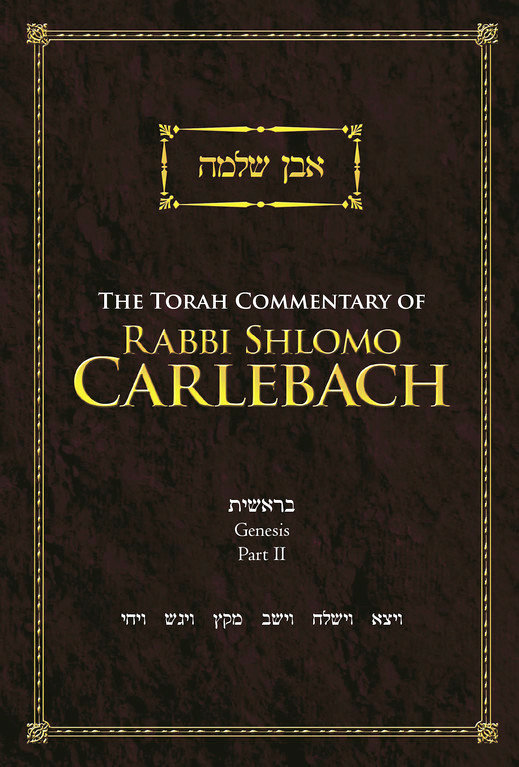‘End of Genesis’: A contrast in commentary styles
With the conclusion of the Torah reading cycle of Bereishis, this week’s essay will be devoted to a presentation of several contrasting styles of commentary.
The first commentary is drawn from the overview introduction to Parashat Vayechi by Kehot Publication Society based upon the works of Rabbi Menachem M. Schneerson:
“It is thus fitting that the first book of the Torah ends with the message of vayechi, he lived. As the curtain closes on the groundwork laid by the patriarchs and we prepare to witness the maturation of their progeny into a full-fledged people who will assume the role of ‘a kingdom of nobles and a holy nation,’ parashat Vayechi serves to remind us that the Book of Genesis is not simply literature, a sentimental or partisan tribute to our national ancestors who, impressive though they may have been, are dead and gone and, therefore, no longer relevant.
“No, they are alive, truly alive, and it is only by identifying with their aspirations and by internalizing and remaining loyal to their heritage that we, too, can be truly alive. As long as we remain in exile, we will continue to be beckoned by the dazzling enticements of the pseudo-life around us [and within us]. But the Torah is ‘a Torah of life,’ eternally challenging us to remain above these temptations and ‘choose life’ by fulfilling G-d’s commandments, thereby making our lives and the world around us into a home for G-d, the true ‘source of life’.”
Next, we find in the Chumash commentary of Rabbi Joseph B. Soloveitchik, edited by Dr. Arnold Lustiger, and Rabbi Menachem Genack of the OU, the following, based upon the call by Jacob to his sons to gather for his final blessings to each:
“Jacob here expresses the essence of Knesses Yisrael. According to Nachmanides, Knesses Yisrael connotes a community of contradictory, mutually exclusive ideas and people. It is a ‘ coincidentia oppositorum,’ many traits of character, all of which might be positive, but logically are mutually exclusive and contradictory. For instance, halachah often displays great tenderness, kindness, understanding, and sensitivity. Halachah can also display stern justice, with no pity. Misplaced mercy often inflicts harm upon the community or upon the people.”
In an earlier take on a cognate theme in Chayei Sarah, the Rav taught the following:
“The individual attributes were later personified by the twelve children of Jacob. Each of these sons was distinct in character and in his respective strength. Together, they are identified as Knesses Yisrael. The word Knesses connotes the integration of the specific attributes represented by Jacob’s sons -- an elevated, metaphysical entity which transcends the sum of its parts.”
Last, we have the teachings of Rabbi Shlomo Carlebach. (The Torah Commentary of Rabbi Shlomo Carlebach, Bereishis, volume two, Rabbi Shlomo Katz, editor, Urim Publications, 2013) in which he writes:
“We have no idea how awesome the last few days of Ya’akov were. This whole portion of Vayechi is so deep. There is a very strong Kotzker saying: When people come to me, I first have to clean them up a little bit. Then I polish them, and then I make them stand straight. Only then can I talk to them.
“Do you know what it means to stand straight? To have your place in the world. Ya’akov Avinu was a prophet his whole life. And in his last few days he mamesh saw everything that would happen until the Messiah comes. He saw his sons and what would be with them, and he put each of the twelve tribes in its place. But not only that. He also saw what every little ‘Yiddele’ would have to go through until the coming of Mashiach. And Ya’akov mamesh put all the ‘Yiddelach,’ every little Jew until the end of time, in his place.
“In the last portion we learned about the Great Day to come. When the twelve brothers were mamesh one, we saw the oneness of Israel, which will be like the time of the Messiah. This portion of Vayechi is like one day before Mashiach comes, with Ya’akov Avinu putting everyone in his place.”
Each of these contrasting works referenced above deserves your attention and patronage.
Published in 2013.

 47.0°,
Fair
47.0°,
Fair 




